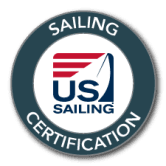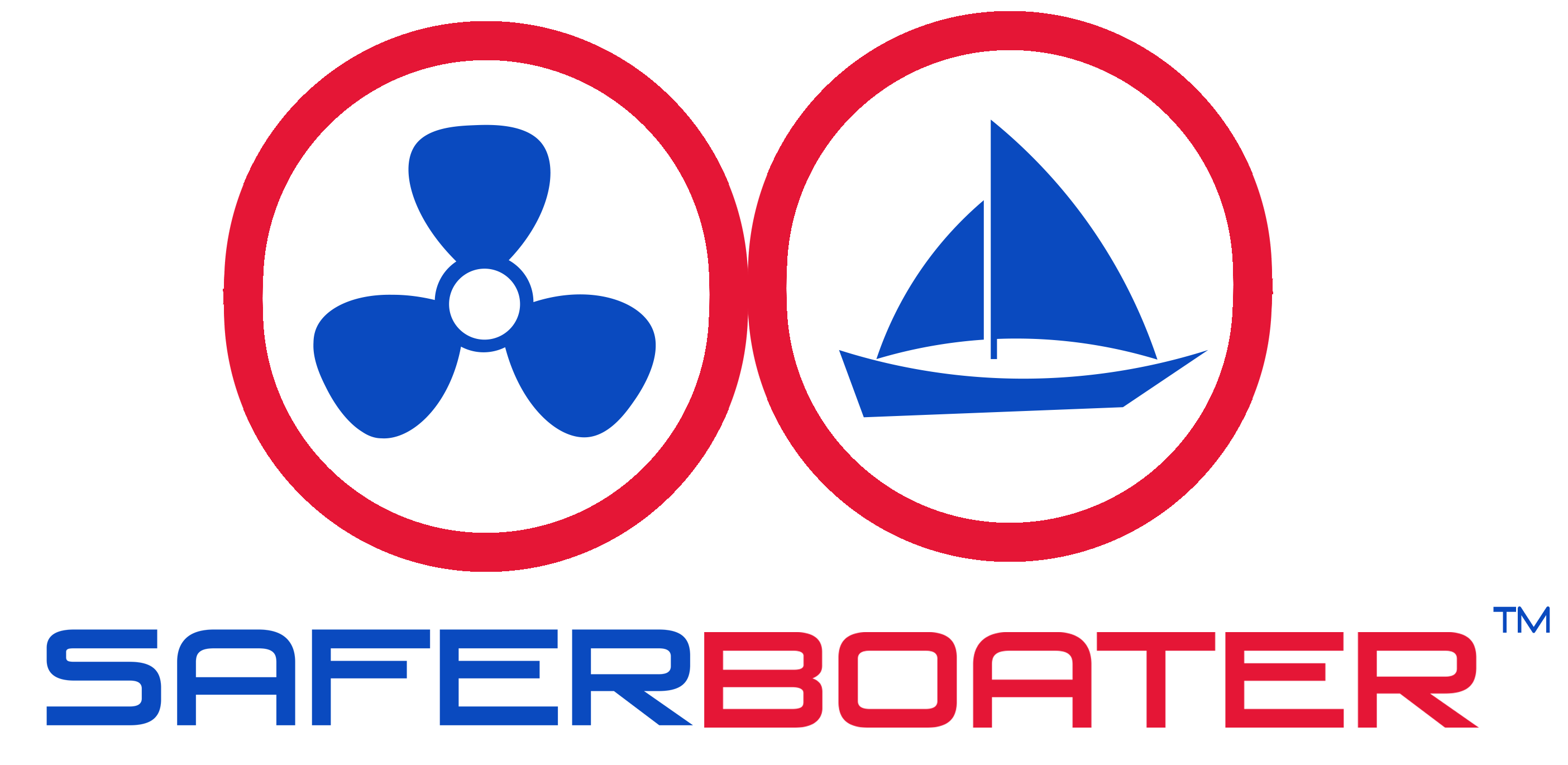Coastal Navigation
Cost - $1,150/pp
Duration: 3 Day Lecture
Prerequisites: None, but previous navigational experience is strongly recommended
Available Certifications: None
Ocean Sailing Academy's Coastal Navigation course is the sailor's first step to complete self-reliance at sea. The course is three in-class days and studies the coastline, exercising pinpoint navigation with and without the aid of electronic navigation devices. These skills are imperative for the aspiring sea bound traveler who is blessed with the technology of GPS and radar, yet aware of potential electronic malfunction and responsible enough to master the skills that will get the vessel and crew home safely.
Ocean Sailing Academy keeps the Coastal Navigation in-class group small in order to guarantee students a high level of personalized attention.
Upon completion of Coastal Navigation, the student is eligible to receive the U.S. Sailing Coastal Navigation Certification. To learn more about U.S. Sailings Requirements, please click here.

Details
Materials covered include:
- Knowledge and skill necessary to navigate with and without the aid of electronic devices
- Understanding the Chart Types and Corrections
- Recognizing all Aids to Navigation
- Understand how to interpret and integrate weather information into your navigation
- A thorough understanding of Tides and Currents
- Understand the organization of a Mercator chart, including: latitude and longitude, chart scales, chart symbols (Chart No.1), title block, warnings, how to determine distance and direction, and the relationship between time/speed/distance
- Understand the importance of using a navigation (or deck) log when navigating formally
- Plotting Bearings
- Obtaining a Conventional Fix
- Utilizing Circular Lines of Position
- Cross Referencing Depth Contours
- Understand variation and deviation
- Understand the meaning of the visual observations of water color
- Understanding Radar Fixing Methods
- Understand the principles of safe inshore pilotage, such as: safe course, clearing (or danger) bearings, back bearings, ranges (or transits), and use of the depth sounder
- Calculating Set and Drift for Estimated Positioning
- Describe the importance of such navigational strategies as: upwind or upcurrent arrival; anticipating leeway; the favored tack; laylines, working the middle; reaching, not running; and the dawn arrival
We suggest this class for anyone who is following their dream of chartering in the Caribbean or other sailing destinations!
